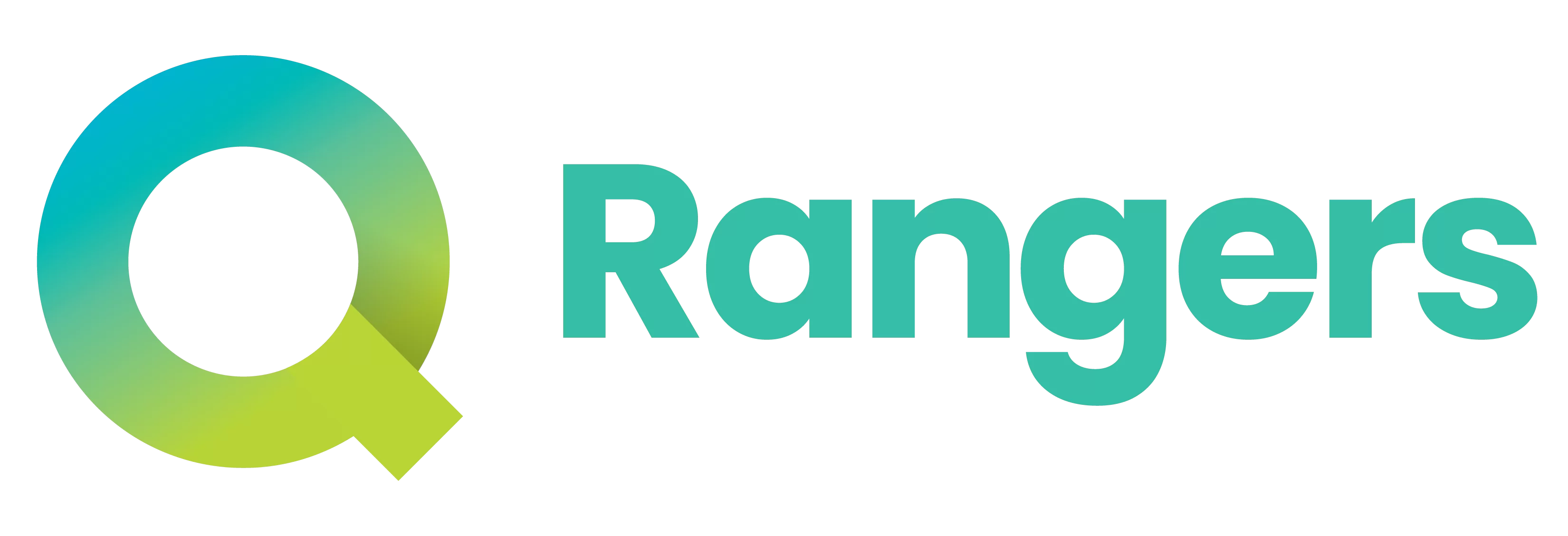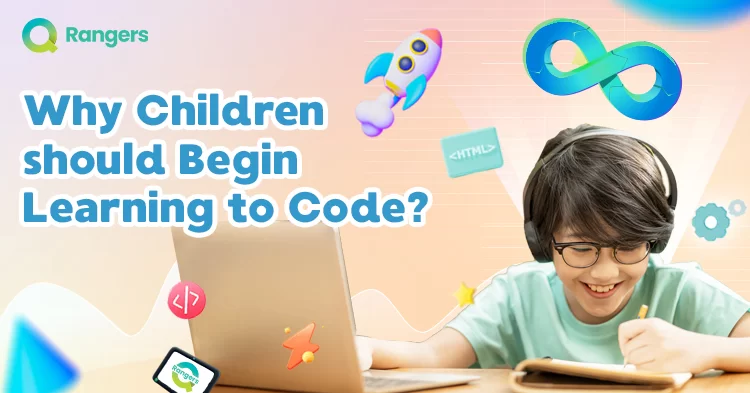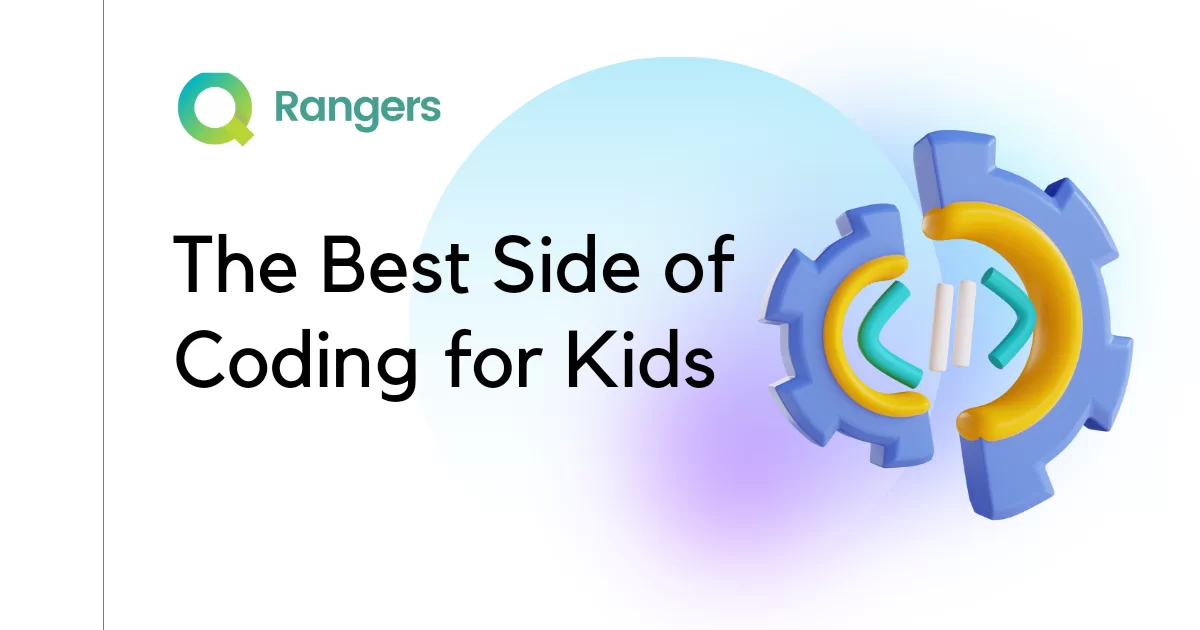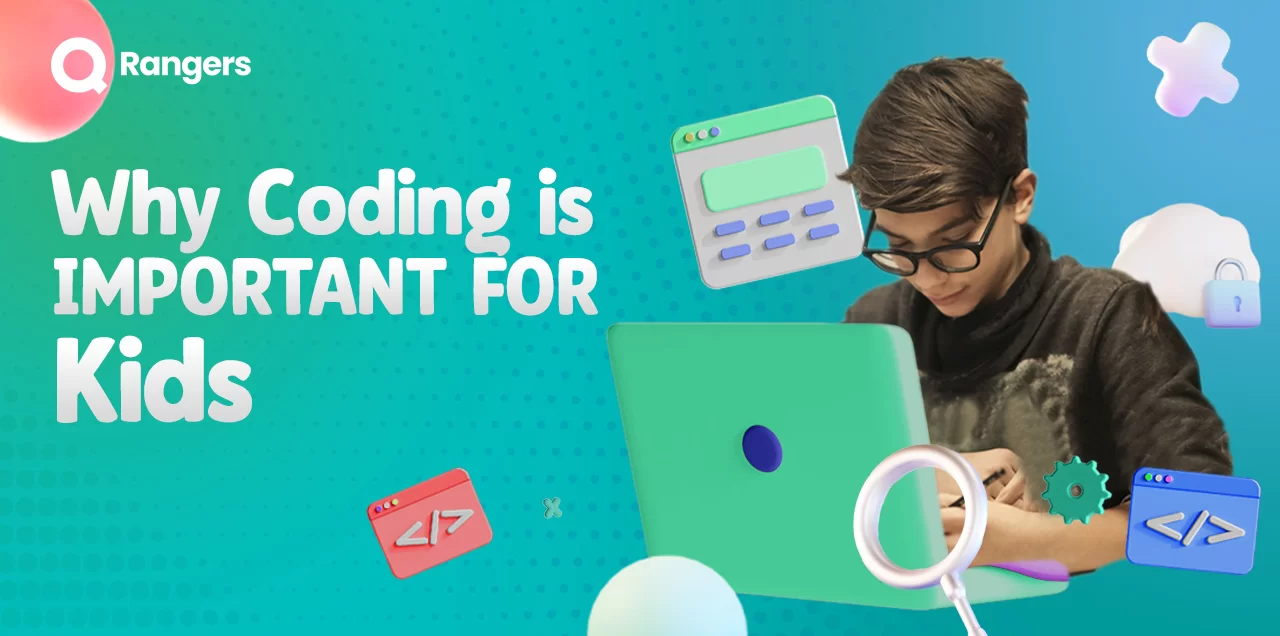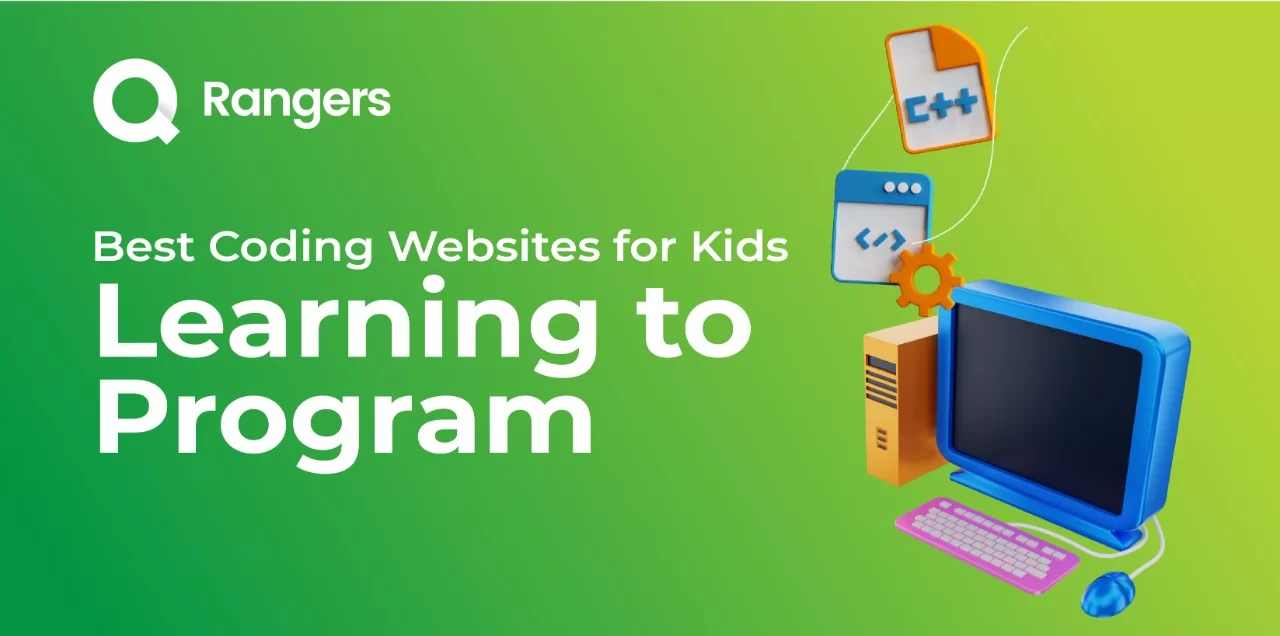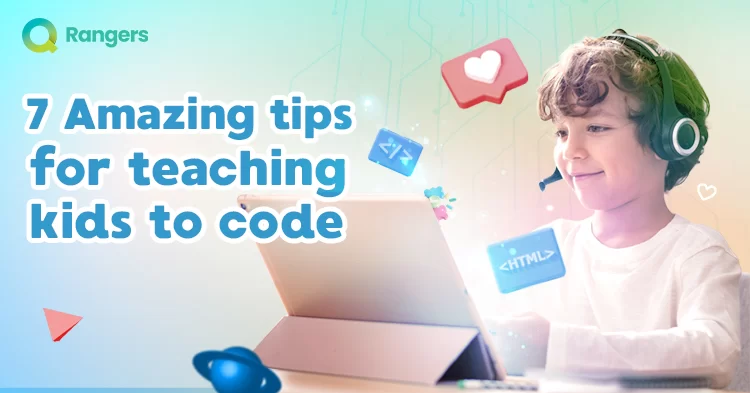Isn’t learning to code for youngsters an insurmountable task? It’s almost as if you’re learning a new language (literally)!
So, just asking kids to picture themselves making an app is a difficult task in and of itself.
We’ve all been there: starting with nothing can be a daunting obstacle that raises various questions. “Is coding for beginners suitable for kids?” How will I get to the point where coding is second nature to me? When will I be able to use my newly acquired coding skills on a project?”
Questions like this have halted many people in their tracks before they have even started.
It makes sense since you have to prepare ahead before you can learn. You must then possess the creativity necessary to produce something. But before starting learning, you must first decide what you want to know.
Not to mention that you must firmly believe what you are learning will benefit you in the long run.
There is no getting around it. It’s a difficult task.
But consider this: any new task always appears impossible from the start, and it is, in fact, impossible if all of the necessary steps – and in the correct order – are not taken beforehand.
This means that jumping in with both feet may lead to more frustration and a lower likelihood of follow-through and eventual success than starting small, taking your time, and achieving small victories.
So, let’s begin small.
WHAT IS CHILDREN’S CODING?
Coding for kids refers to the opportunities for children to participate in coding. These opportunities are designed to be enjoyable and gamified to keep children’s minds engaged. Coding may also be called “programming” or “computer programming.”
Although it might be hard to envision a young child learning anything so complicated, coding class for kids is possible today because of the numerous summer camps, websites, tutors, after-school programs, and toys that are accessible.
Coding is not always the stereotypical “computer science” you or your children may be averse to.
What is coding , in reality it is how we communicate with computers, and we use it to create and run websites, apps, games, and other applications.
This communication takes place in a variety of languages, including:
- Scratch is a visual, drag-and-drop coding environment.
- Python: Simple code that is ideal for beginners.
- Java: The programming language used in the AP Computer Science exam.
- A computer language called C++ is used to make games, software, and other things.
WHAT ARE SOME DEFINITIONS TO ASSIST IN UNDERSTANDING?
Learning a new language is complicated because words are just random combinations of letters without meaning.
As a result, simply being able to pronounce something isn’t enough; you also need to understand every word to form a logical statement.
So, let’s take a look at some key terms your kids and teens are likely to come across as they begin their coding journey.
“Programming”
Is your son or daughter the owner of a dog? Have you and your family attempted to train the dog?
Of course, the ultimate goal is to reach a point where you can give a command, and the dog will obey you as instructed. “Roll Over,” “Sit,” and “Stay”
When it comes to writing a program, or programs, your children are doing a lot of the same thing. As the “owner,” they send a series of commands to a computer, expecting the computer to respond appropriately.
Yes, training a dog is difficult, but rest assured that the computer will always listen if your child’s programming command is correctly given. Success with a dog may be hampered by the presence or absence of a pesky squirrel nearby.
Robotics, video games, apps, computer graphics, and many other fields rely on programming. And each of these programs is a set of instructions, a series of short commands executed one after the other, with programming serving as the tool for writing and disseminating those individual instructions.
“Programming language”
Based on the preceding, the associated language is the crux of programming. It would help if you talked in its speech to converse with a computer.
Consider the English language first. There are words, but there is also punctuation. Different rules and guidelines govern when you should use one form of a word versus another.
On the other hand, a programming language comprises its vocabulary and set of rules—the difference being that each language is founded on its distinct syntax (grammatical structure) and semantics (meaning).
And, yes, “each” language—as in, there are several programming languages, each with its own rules and use cases.
“Scratch Programming”
We began by defining programming and then discussed what a programming language is.
While there are many other coding terms to define, it’s helpful to look at a time like Scratch programming, which represents a large portion of what your child may encounter when they first start.
Children may easily make interactive tales, comics, and other projects using the graphical programming language Scratch, developed by MIT.
Scratch programming is popular among children because it teaches them through coding games for kids blocks and cartoon sprites rather than lines of code. This means that kids can get wet with programming statements and computational ideas without having to type a single line of code and can begin to test their creative thinking limits to problem-solve.
